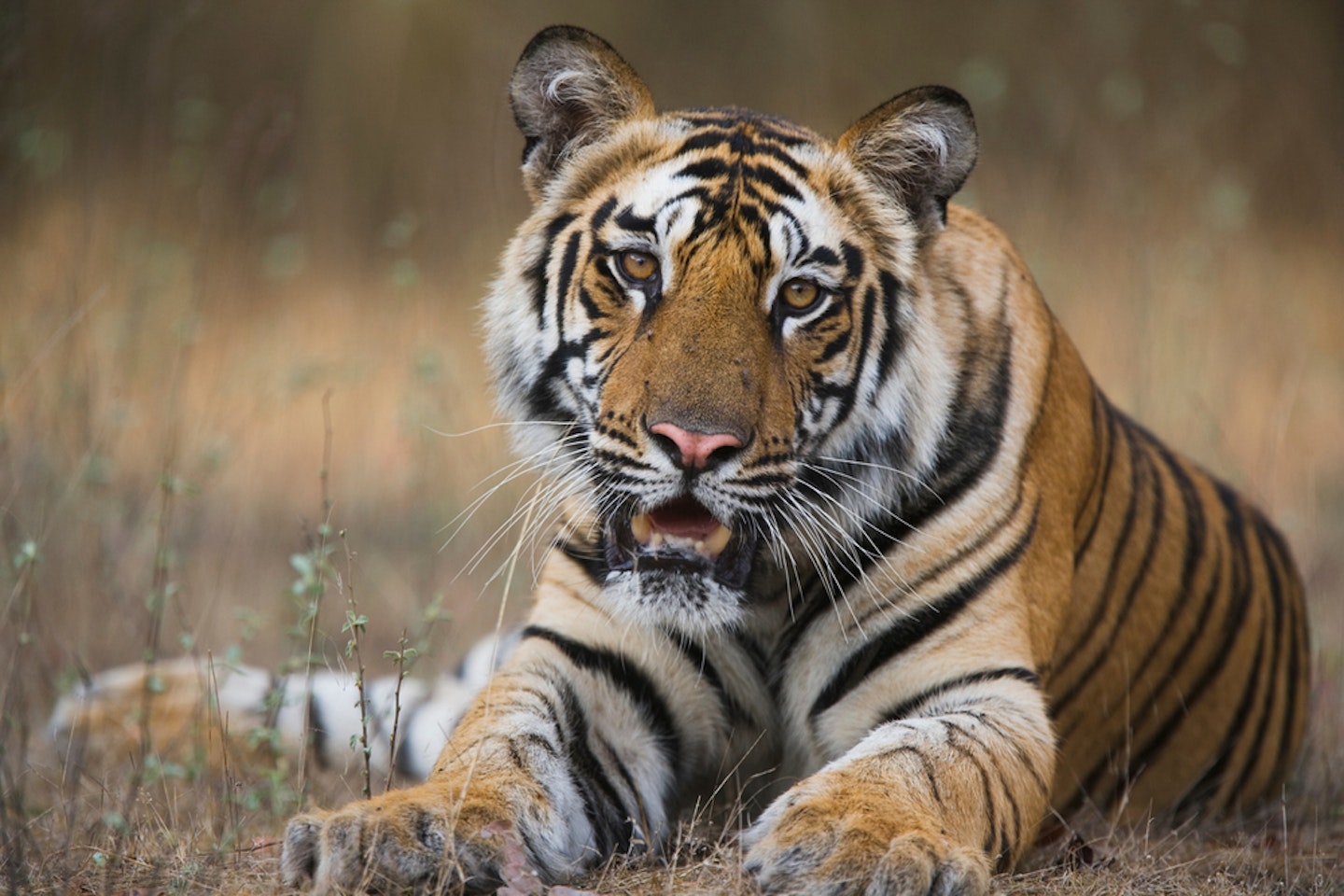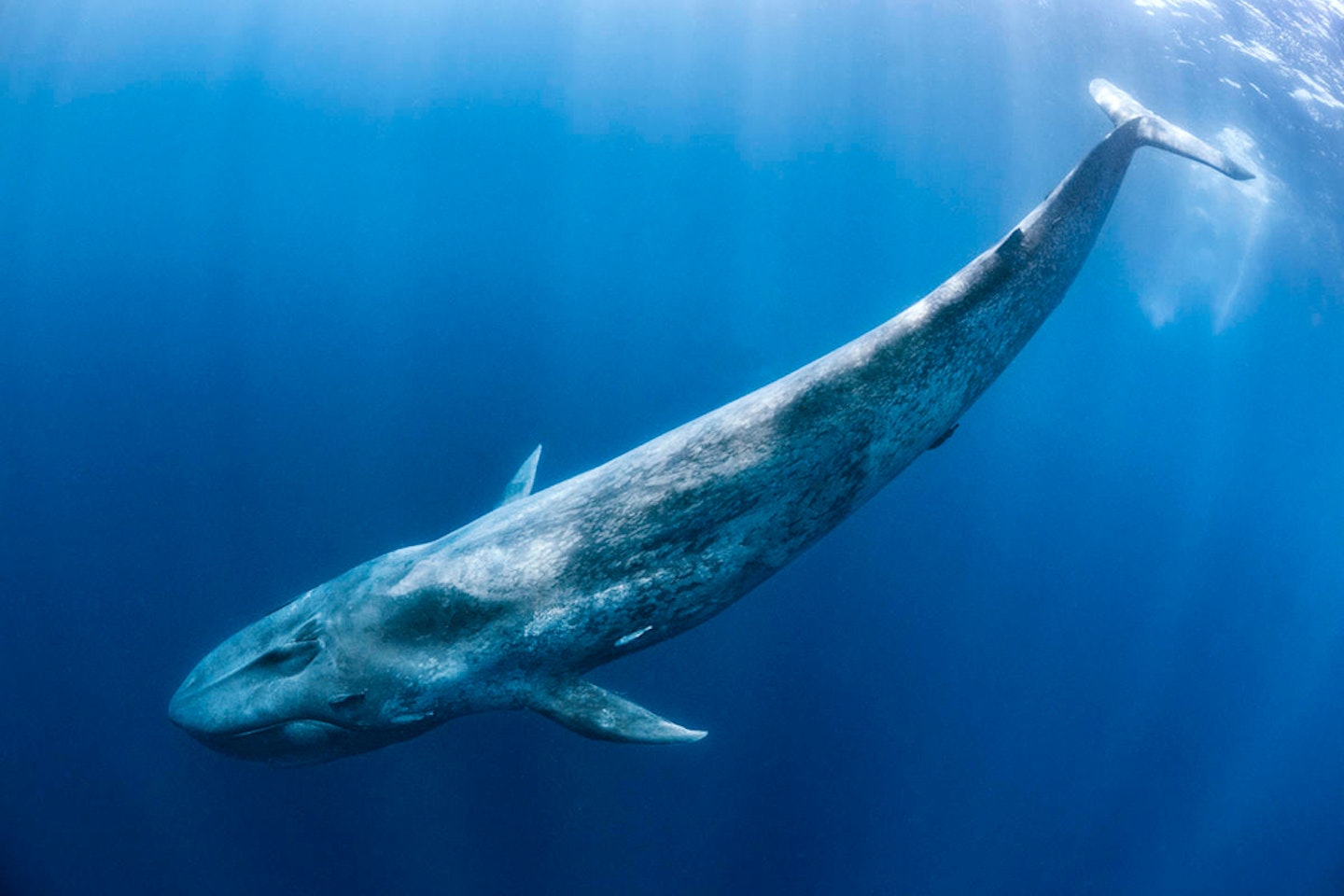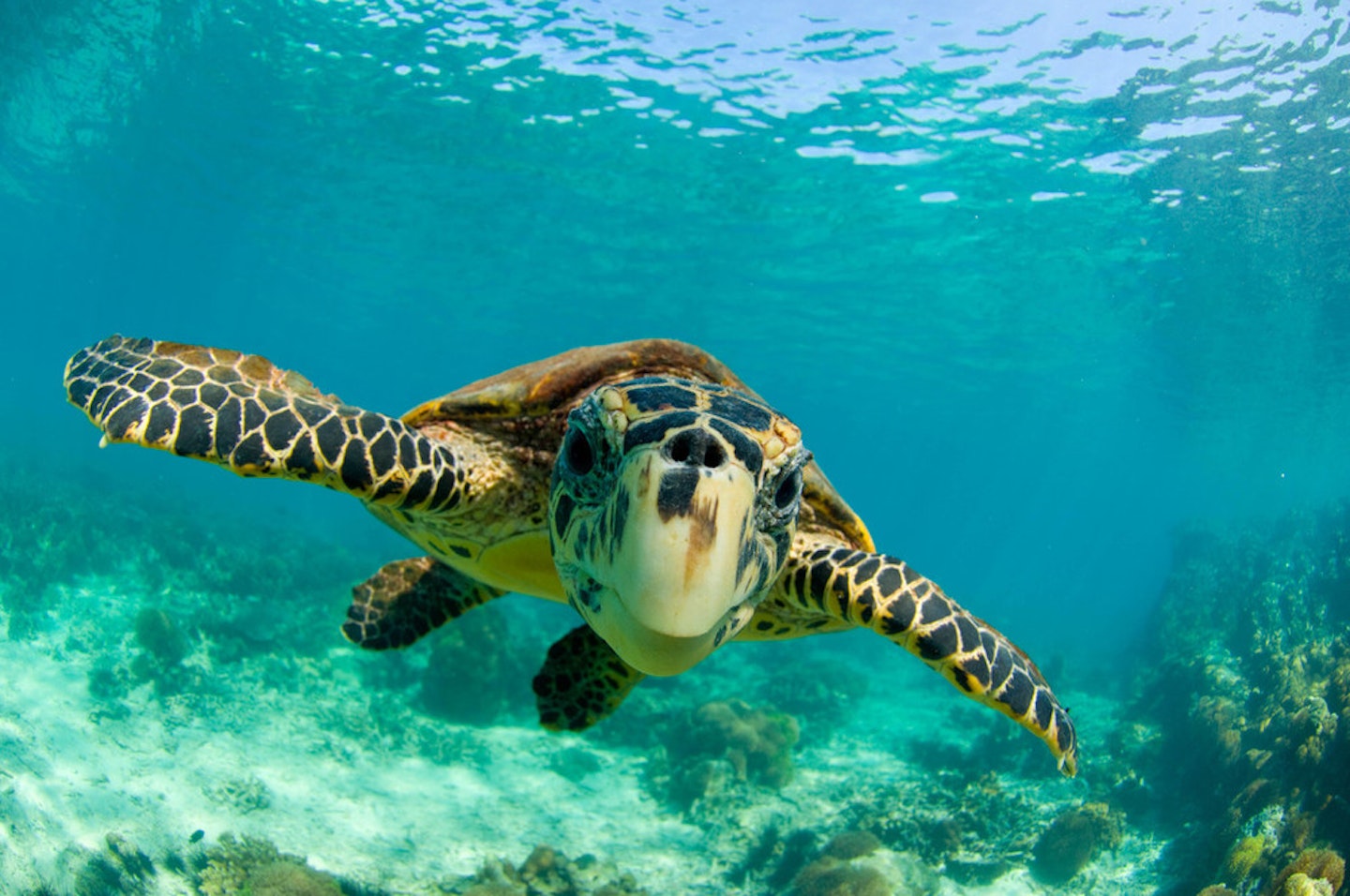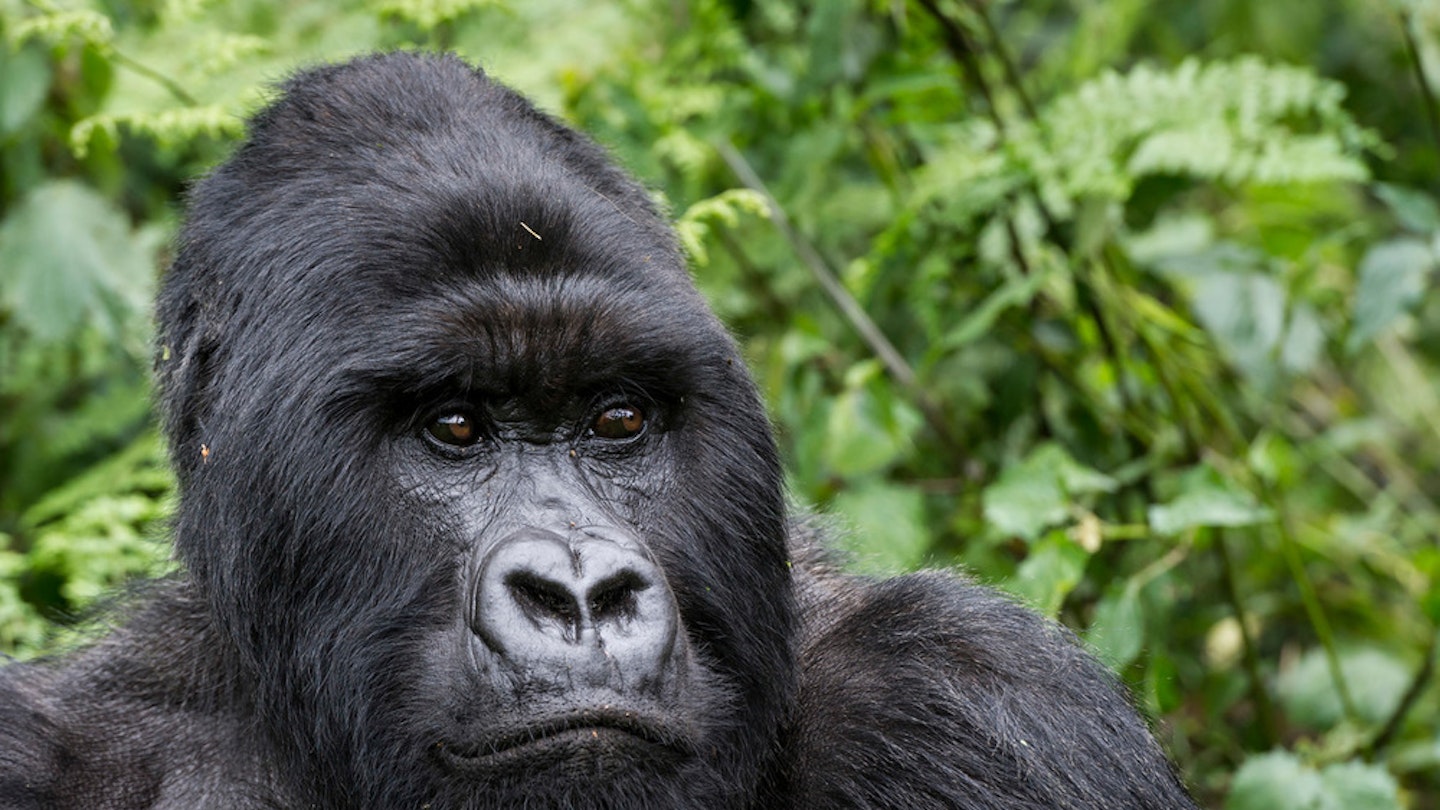Our world is our one shared home and we all need a safe and healthy planet to thrive.
However, the statistics are stark as we face a mass extinction of species around the world. WWF’s Living Planet Report 2020 showed wildlife population sizes are in freefall, plummeting by 68 per cent since 1970 – more than two thirds in less than 50 years – and the downward trend isn’t slowing.
While key threats vary by species, habitat loss and degradation is the main cause of decline in wildlife populations. Globally, we are wrecking places that support some of our most important wildlife by transforming the land – their home – to farm or produce food.
We are also devastating nature, leaving many rainforests and grasslands empty of wildlife; over-fishing our oceans and choking them with plastic pollution to catastrophic levels; and poaching species to the brink of extinction.
While many wildlife populations are in freefall, there are glimmers of hope thanks to conservation efforts to protect and restore nature around the world. We’ve seen what’s possible when we work together.
We can help forests and other precious landscapes to recover. We can see wildlife, including gorillas, tigers, and some species of whales, come back from the brink of extinction.
Of the many species listed on the IUCN Red List as facing the threat of extinction, some are showing signs of recovery, which is a promising sign for the future of the species. Although the species and sub species listed below are still assessed as endangered, they are among those recovering - often from a very critical position.
Tigers

Status: Endangered
The world lost 95 per cent of its wild tiger population since the beginning of the 20th century. Wild tigers were historically threatened by hunting and habitat destruction, and they continue to suffer from poaching (both of tigers themselves and their prey) as well as destruction and deterioration of their natural homes.
However, for the first time in conservation history, their numbers are on the rise. According to a WWF global review of status of wild tigers in 2016, there are now approximately 3,900 wild tigers and in Bhutan, China, India, Nepal and Russia numbers are increasing. Co-operation between governments, local communities and NGOs is key in recovering wild tiger numbers by shielding them from poaching and the illegal wildlife trade, alongside protecting and restoring their natural habitat.
For instance, Nepal has almost doubled its wild tiger numbers across the Terai Arc Landscape. The most recent tiger survey puts tiger numbers at an estimated 235, a near doubling of the 2009 baseline when the country’s population was at an estimated 121.
Mountain Gorillas

Status: Endangered
In the early 1980s, the global mountain gorilla population was estimated at fewer than 400 individuals. They continue to face serious threats, including poaching, habitat loss, climate change, disease and unintended injuries and deaths from being caught in snares set by humans to catch bush meat.
However, thanks to long-term, collaborative, people-centred conservation efforts by WWF and our partner - the International Gorilla Conservation Programme (IGCP) - with government, civil society and the private sector all working together, numbers are recovering. According to the latest figures, there are now at least 1,063 mountain gorillas, and they are the only great apes in the world believed to be increasing in population.
Blue Whales

Status: Endangered
Until 1982, there was commercial hunting of whales globally. Populations crashed, so a moratorium on commercial hunting was brought in by member countries of the International Whaling Commission, which is headquartered in the UK.
With enforcement of this ban, populations of species like the humpback whale and fin whale bounced back. Most countries that had hunted whales stopped doing so, and also brought in laws to halt commercial whaling around their waters. Some populations of blue whales may also have been making an encouraging recovery in recent years with increased sightings of Antarctic blue whales around South Georgia. While still endangered, there are now thought to be between 5,000 and 15,000.
Marine Turtles

Status: Ranging from Vulnerable to Critically Endangered
Turtles face threats such as habitat destruction, climate change and poaching, and can suffer from eating plastic that has spilled into our oceans. There are seven species of marine turtles, and while there continues to be a large-scale decline in numbers across the globe, some populations have seen a rise in recent years.
WWF’s latest Living Planet Report found that legal protection of Brazilian sea turtles and protection from egg and turtle harvesting led to an increase in the loggerhead turtle population in the Bahia and Espírito Santo states of Brazil, which had been severely depleted - the number of nests increased from fewer than 700 to almost 2,300 between 1988 and 2004. South Africa’s iSimangaliso Wetland Park has also been effective in maintaining a small population of loggerhead turtles nesting in the Western Indian Ocean; the population in this area has increased by 154 per cent between 1973 and 2009.
What are some of the ways we can help?
Change starts with the smallest actions and we can all do something to help our planet. There isn’t one simple solution to bring back nature but the biggest way we can make a difference is to put nature at the heart of our decisions. Here are some actions you can take to join the movement:
Adopt an animal
You'll be protecting precious habitats around the world and the species which rely on them. From £3 a month, you can support WWF’s vital conservation projects. Choose from 14 species including elephants, snow leopards and orangutans, and receive updates on how your support is helping to fund our work.
Download WWF-UK’s new My Footprint App (on IOS and Android)
The app gives practical advice on how you can introduce positive changes to your life so that you can help the environment. Within the app, there are a variety of challenges for you to take part in. From cutting down your plastic consumption to eating a plant-based meal; each challenge gives you a new opportunity to do your bit for the planet.
Become an Ocean Hero and sign our petition
Right now, our once-powerful seas are being forgotten and are becoming fragile. The more carbon dioxide the ocean absorbs, the more acidic it becomes. Add to that over-fishing, pollution, coastal development and rising temperatures; the ocean and its inhabitants are in crisis. Current laws are failing to protect UK seas, and they are in serious trouble. In fact, less than 1 per cent of UK seas are properly protected. Add your voice to our ‘Fight For Your Ocean’ petition and call upon the UK Government to commit to putting UK seas on the path to recovery.
